There are at least ten calendars in widespread and serious use around the world today, so asking whether March is the third month of the year is a bit presumptuous. A know-it-all (like me) might ask you, “In which calendar?”
So, is March the third month of the year? The answer is, it depends. Yes, March falls as the third month in both the Julian and Gregorian calendars, but other calendars don’t even have months called “March”, and therefore, March is not the third month in those calendars.
Table of Contents
Calendars in use around the world today
Humans have been keeping track of time since the Neolithic Era. The earliest calendars depended on the moon’s phases and the solar calendar, with the oldest ones dating back to the Bronze Age around what today is known as the Middle East.
Since then, different civilizations have come up with calendars.
Buddhist Calendar
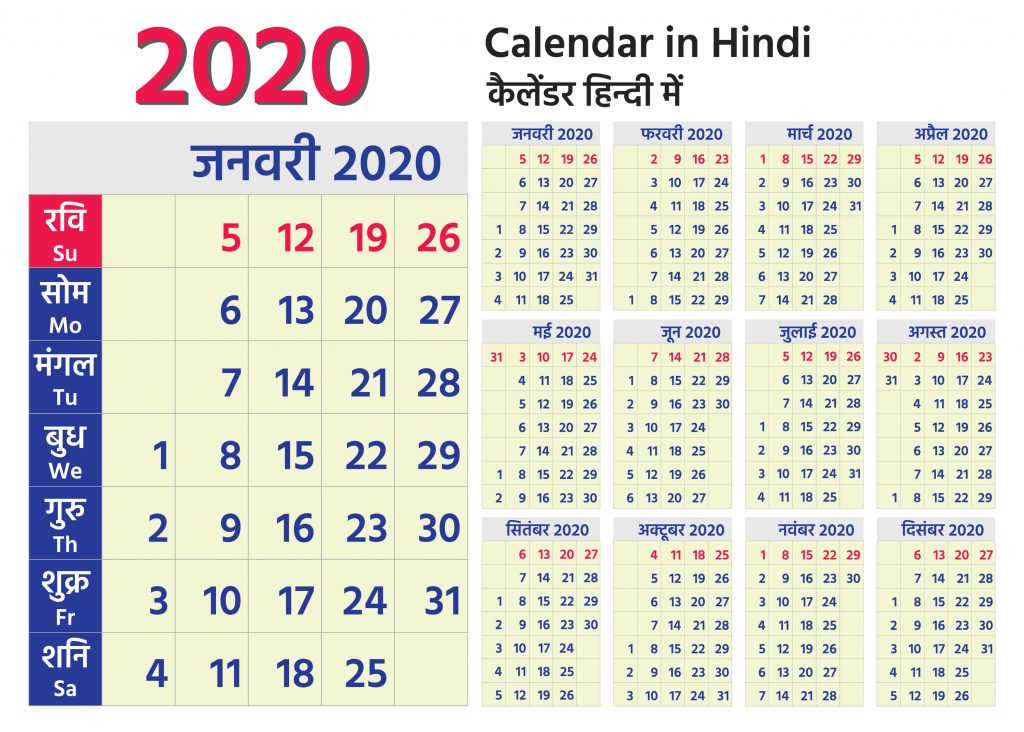
The Buddhist calendar is widely used in Southeast Asia, and it is based on an earlier Hindu calendar which was itself based on the sidereal year – that is, the period it takes for the Earth to circle the sun.
However, this calendar does not try to remain in line with the measurement of time. Due to this, it gradually moves out of alignment at a rate of about one day per century.
People use the Buddhist calendar to observe significant occasions even though it’s not an official calendar.
Chinese Calendar
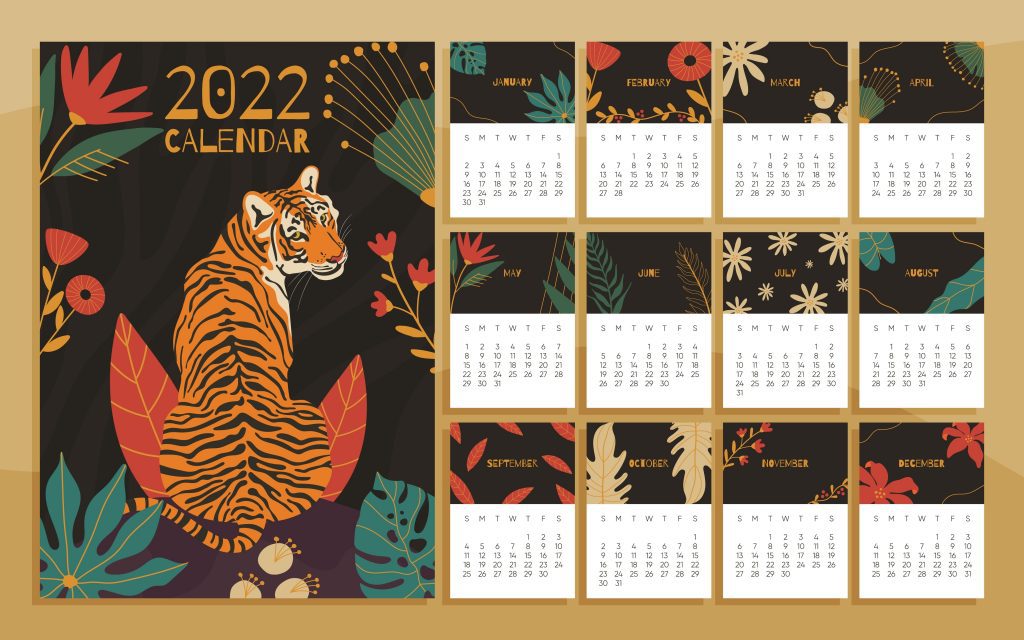
The lunisolar system underpins the Chinese calendar. In this system, every month begins the day the moon enters its new moon phase. Additionally, the start of the new year is marked by the lunar position being at its mid-point between the spring equinox and winter solstice.
Officially, China uses the Gregorian calendar. However, the Chinese calendar is still used for important celebrations and national holidays.
Hebrew Calendar
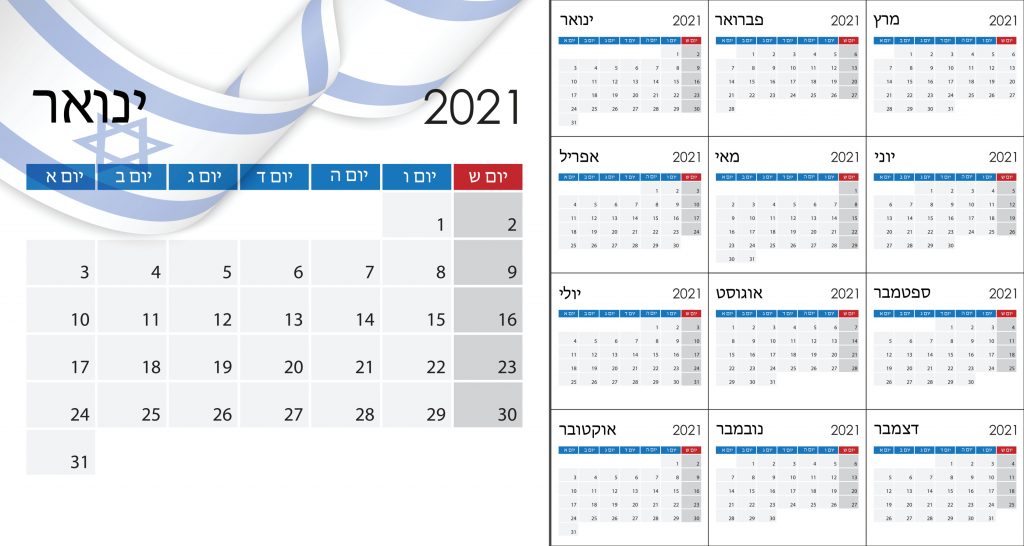
The Hebrew (or Jewish) calendar was developed before the 10th year AD. Initially, it used calendar years and lunar months and added an additional month every three to four years to compensate for the gap between the lunar month and calendar years.
In time, however, mathematical calculations replaced this method.
Nowadays, it is used to calculate the dates of Jewish holy days, choose appropriate readings from the religious calendar for the particular day, and organize ceremonial celebrations.
Hijri Calendar
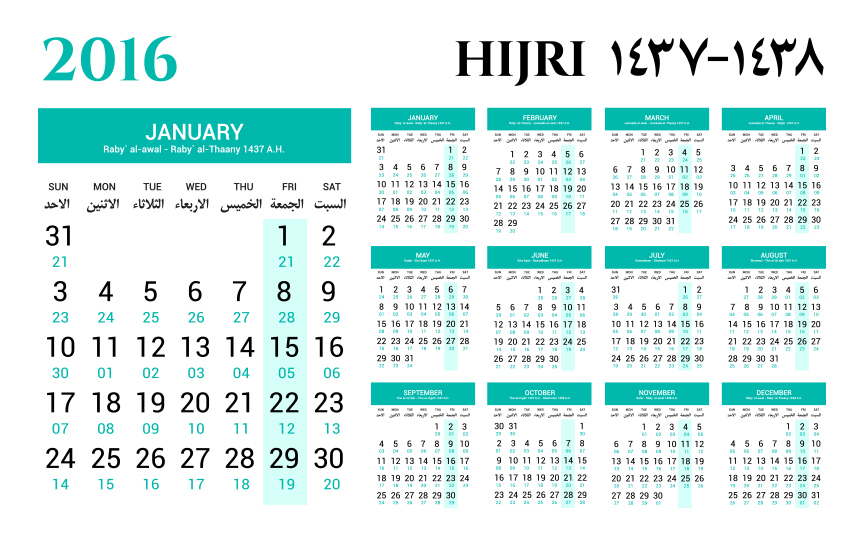
The Hijri (Islamic) calendar is based on the lunar cycle and is an annual calendar of 12 months with either 354 or 355 days each year. Its first Islamic year began in 622 AD when Muhammad moved from Mecca towards Medina.
The current Hiri year when the Gregorian calendar is January 2022, is therefore 1443. Muslims use the Hijri calendar to identify Islamic festivals and holidays, and several Islamic countries make official use of the calendar.
Persian (Iranian Islamic) Calendar
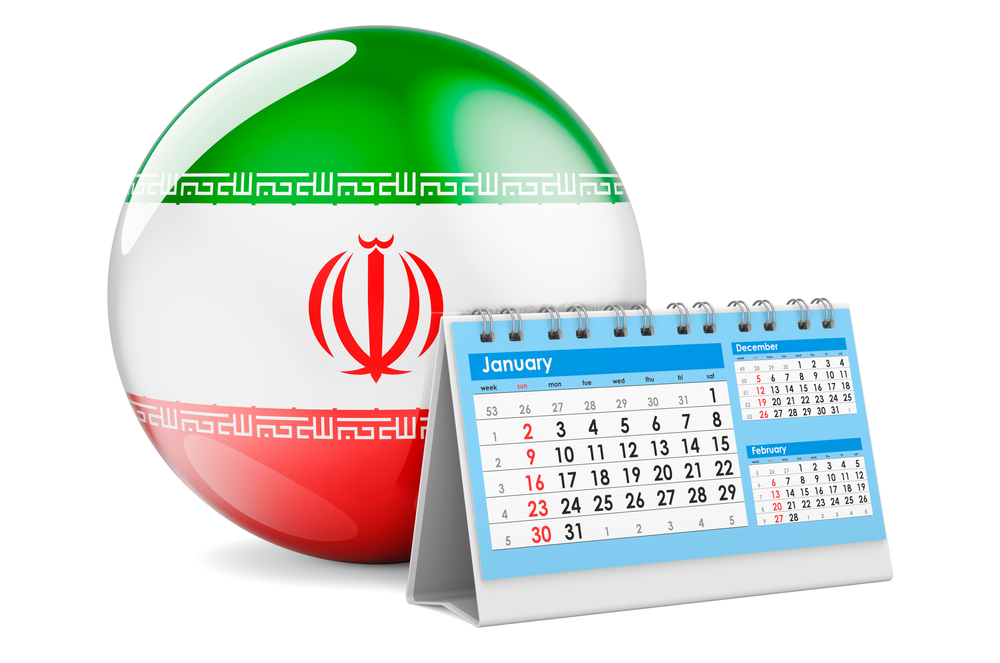
The Persian calendar is Iran’s official calendar. It is believed that the Iranian calendar was in use for more than 2,000 before the area it originated from was even called Persia.
In the past two centuries, it’s been modified several times to accommodate religious, political, and seasonal demands. According to the Gregorian calendar, the Persian calendar’s new year falls on the spring equinox, the 21st of March, 2022.
Japanese Calendar
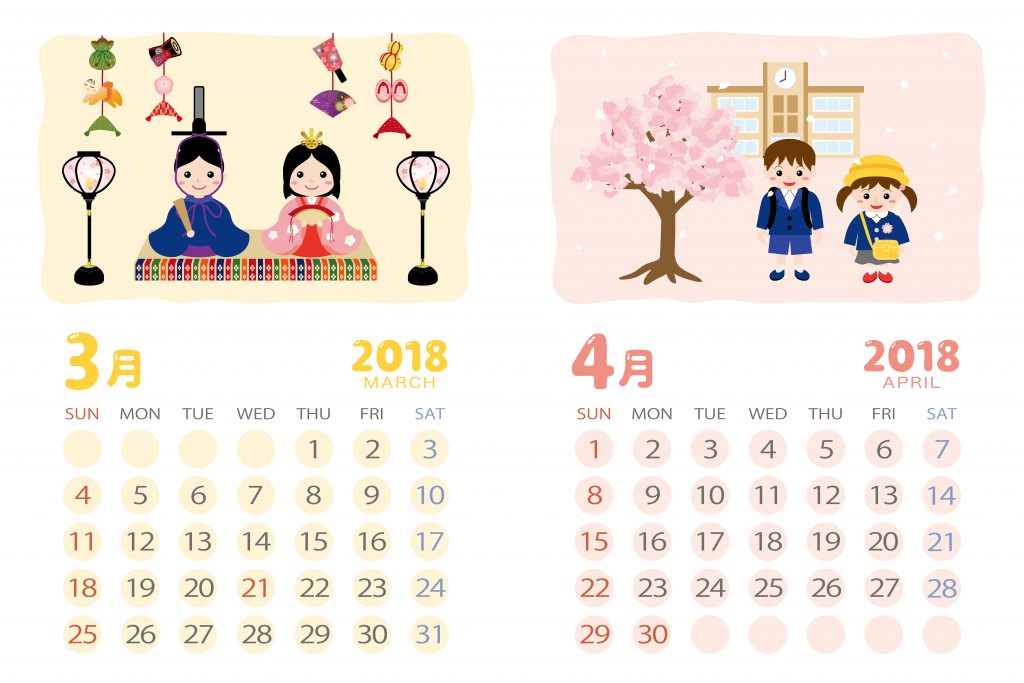
The Japanese calendar has followed the Gregorian calendar’s solar year since 1873. However, the Japanese calendar uses era names, a concept borrowed from Chinese tradition. In this system, the rule of every emperor starts a new era.
The system has been in use since 701 AD. Events other than the emperor’s reign defined calendar periods before 1873.
Kali Yuga, Shaka Samvat, and Vikram Samvat

The three calendars listed above comprise Hindu calendars. The Hindu calendar Vikram Samvat is used in a few Indian states and in the nation of Nepal.
It is based on the sidereal year and uses lunar months to keep track of time.
Shaka Samvat is a form of timekeeping and is the official system used in India and by Hindus in Java and Bali. The months of the Shaka Samvat are based on the zodiac signs instead of the sidereal year.
The Yuga period consists of four cycles, with the Kali Yuga being the last of the cycles. The first phase is of perfection and truth. The second Yuga phase is the time of emperors and war.
The third Yuga cycle is the time of illness and discontent. This final phase, the Kali Yuga, is when ignorance and darkness will reign supreme.
Hindus believe that around five thousand years ago, Earth entered the Kali Yuga phase. Hindus believe the Kali Yuga will last 472,000 years.
The Julian Calendar has a month called “March”

The first significant calendar to stop using the lunisolar system, the Julian Calendar was inspired by the Roman calendar and was introduced in the year of Julius Caesar in 46 BC. It is based on a model with 12 months, 365 days, and an added day in February every fourth year.
The Gregorian Calendar has a month called “March”
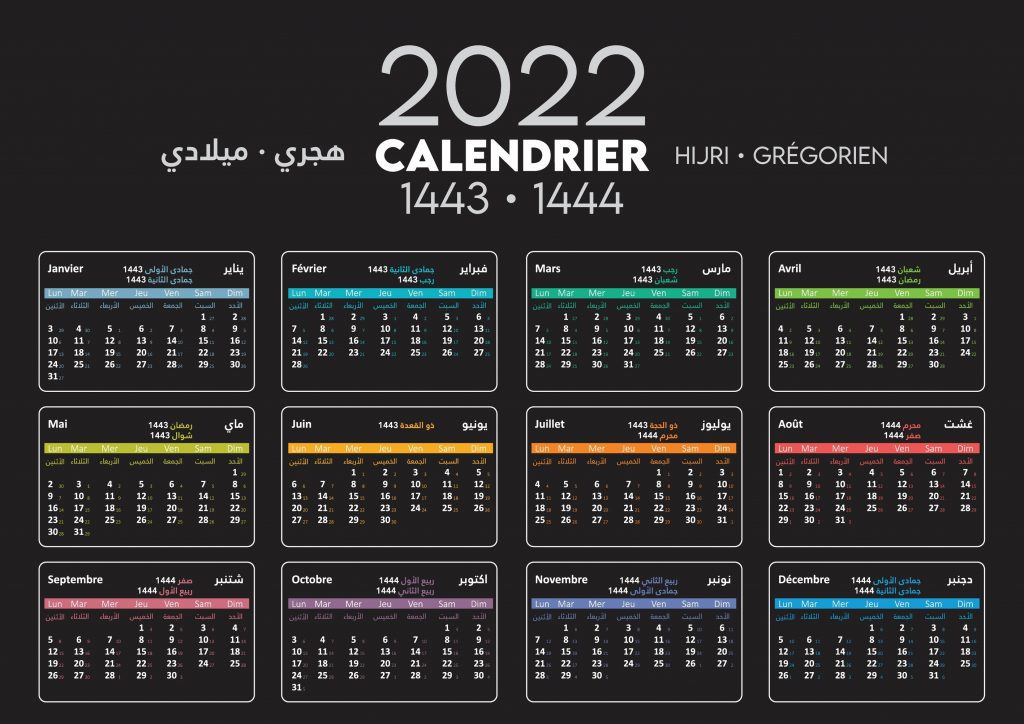
The Gregorian calendar prevents displacement of the solstice and equinox that plagued the Julian calendar. It was first introduced in the 16th century by Pope Gregory XIII, and when it replaced the Julian calendar, it enhanced the former calendar’s precision by 0.002 percent.
The Gregorian calendar also fixed the vernal equinox as the time when Easter would be celebrated. The Gregorian calendar is the most widespread calendar in the world, even though it has always been linked to Christianity.
Facts about March
Heavy facts about March
March is the second of the seven months that have 31 days. Falling on either the 20th or 21st of March, the year’s first equinox marks spring’s astronomical and meteorological start in the northern hemisphere. In the Southern Hemisphere, March marks the beginning of autumn, with September being the season that corresponds to the northern hemisphere’s March.
March, the third month on our calendar, was previously the first month in the Roman Calendar. It was believed that this month was the best time to start wars after winter was done and snow had melted.
The name “March” originated from the god of war in the Roman pantheon, an entity the Romans called “Mars.”
One interesting thing regarding March is that vasectomies rise by thirty percent during March Madness, the NCAA men’s basketball championship. Because patients who have a vasectomy need to apply ice to the area for the entire day, the idea of relaxing on the couch watching games for the whole day is perfectly normal.
Light facts about March

The Romans saw combat and war as a way of achieving peace, so that concept may be why we have the phrase “March comes in like a lion and goes out like a lamb.”
The Roman “Ides of March” (today’s 15th of March) was thought to be the deadline to settle dues. Julius Caesar was assassinated on this day.
The Roman calendar ended in December, having begun in March. The reason our 12th month (December) has a name that literally means “10th month” is because the Romans only had ten months in the year.
Easter Sunday is a well-known holiday that occurs in March.
The birthday flower of those born on the 1st of March is the daffodil.
March babies have two birthstones, bloodstone and aquamarine.
March is the month of the year when animals wake up after hibernation.
Alexander Graham Bell placed the first-ever phone call in March. The call was made to his assistant, and Bell said, “Mr. Watson, come here. I want to see you.” The call was placed on the 10th of March 1876.
The United States Peace Corps was established on the 1st of March 1961. It’s a highly successful voluntary organization that President John F. Kennedy created and has sent more than 235,000 Americans out to countries in need to assist with education, health, and other human necessities.
Saint Patrick’s Day occurs every 17th of March. The day is marked across the world in remembrance of Saint Patrick, who died on this day.
The statistical data suggests that March is the most ineffective month in the US. It turns out that during “March Madness,” some big companies can expect to lose as much as nearly $2 billion in wage costs to unproductive employees who spend company time betting on NBA games instead of working.
The day people went to the summit of the Eiffel Tower for the first time was in March. Eiffel himself led a group of journalists and officials to the top. As the Tower’s elevators weren’t yet working, the group had to travel by foot and the journey took them nearly an hour!
Twitter, a well-known social-media application and website, was founded on the 21st of March 2006. The very first tweet ever posted was on that same day by Twitter’s co-founder, Jack Dorsey, who tweeted, “Just setting up my Twitter.”
The Vernal Equinox falls on the 20th or 21st of March. This is when the sun is directly over the equator, making the day just as long as the night.
March is one of two months that end on the same day regardless of the year. The ‘sister’ month is June. For example, in 2022, both March and June end on a Thursday.
March and astrology
Two zodiac signs occur in March: Pisces and Aries. Pisces runs through to the 20th of March, with Aries beginning the following day.
The astrological sign of Pisces

- Top Love Match: Virgo
- Lucky Gem: Moonstone
- Ruling House: Twelfth
- Quality: Mutable
- Polarity: Negative
- Flower: Water Lily
- Ruling Planet: Neptune
- Element: Water
- Color of the Spirit: Sea Green
Pisces are born between the 19th of February and the 20th of March. Pisces are said to be intelligent, creative, imaginative, and sensitive.
Often, Pisces have powerful intuition and can sense instinctively if the person or circumstance is positive or negative.
However, Pisces don’t ignore the logic part of their brain. Highly intelligent themselves, Pisces have a deep respect for the power of human thought.
It is therefore hardly surprising that Albert Einstein was a Pisces.
The astrological sign of Aries
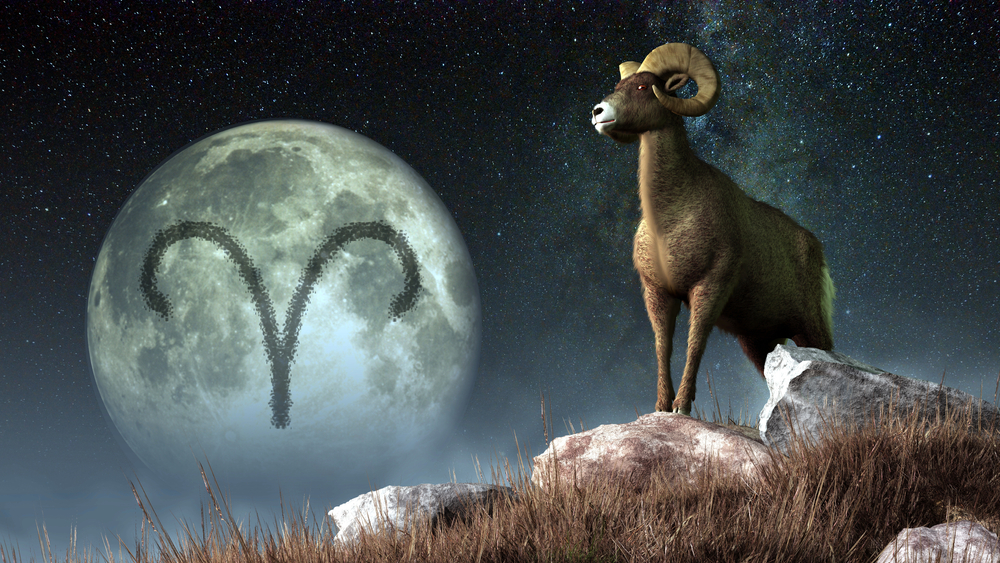
- Top Love Match: Sagittarius
- Lucky Gem: Diamond
- Spirit Color: Red
- Quality: Cardinal
- Polarity: Positive
- Ruling Planet: Mars
- Flower: Thistle and Honeysuckle
- Ruling House: First
- Element: Fire
Aries folks are said to be pioneers. Aries are adamant and independent. Aries people don’t do anything just because everybody else is doing it. Represented by the ram, they are always 100 % committed to the job at hand.
Aries are competitive to the extreme. The easiest way to motivate Aries is to transform the situation into a contest. Aries folks will invest all of their resources (and then some) to win.
They are loyal, intelligent, and quick-witted.

















